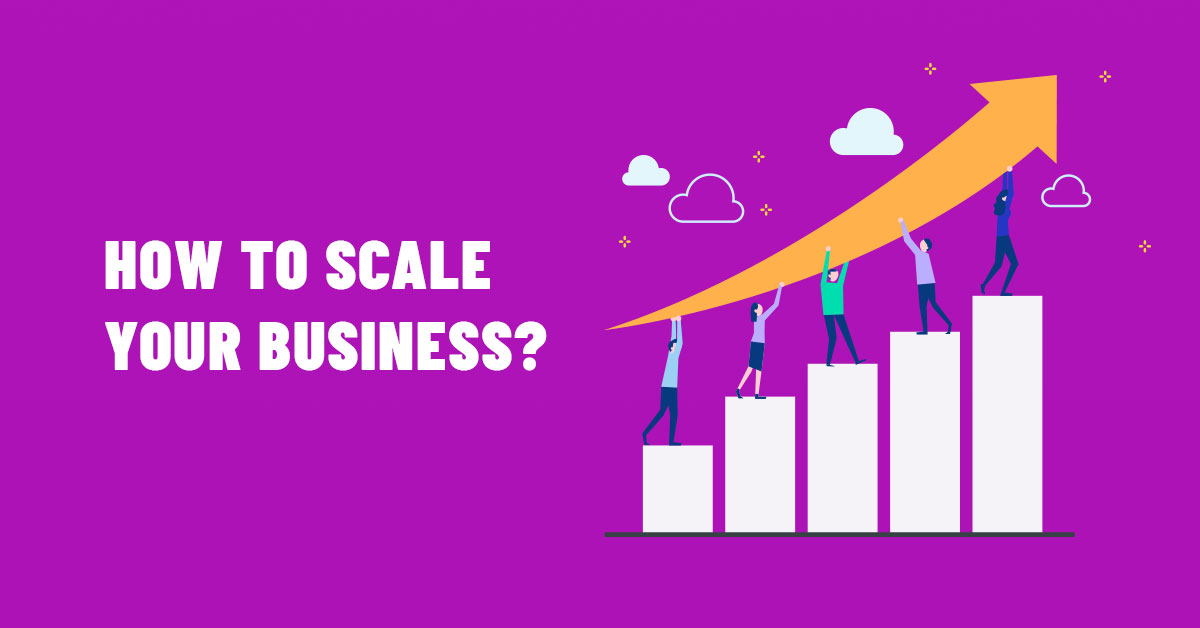Scaling a Business: Why It’s Not Just About Growth

Understanding the significance of scaling extends beyond mere growth. Learn how brands evolve products, models & teams to succeed at scale.
Understanding the Real Meaning of Scaling
When people hear the word “scaling,” they often think it simply means growing bigger. However, in reality, scaling is about evolving—adapting your product, processes, and structure as you serve a broader market.
So, what makes scaling so vital for businesses? Why does everything from your product to your organisational chart need to change?
Scaling Begins with Product Validation
Scaling is the transformation that occurs once a product is validated by the market—when real traction starts to take shape.
In the earliest days, it’s about finding the right product-market fit. A good product for a small, well-defined audience. Once that fit is confirmed, you can begin building the foundation of a viable business model.
But as you expand to broader market segments, your product, business model, and organisational design must evolve in sync. Without that alignment, the business risks collapsing under the weight of its complexity.
The Starting Point: A Great Product—But For Whom?
Elon Musk once said, “Great companies are built on great products.” And that’s true. But great for whom?
Every successful entrepreneur knows that survival and product development must go hand in hand. Building something great isn’t just about aesthetics or innovation—it’s about relevance.
Take Tesla, for example. When the company started, it didn’t aim to make affordable electric cars for the masses. Instead, it began with a luxury sports car—the Roadster—targeted at early adopters who wanted something exciting and different. That narrow focus helped Tesla validate its core technology, establish credibility, and lay the groundwork for future expansion.
Had Tesla jumped straight to building cars for everyone, the company may not have survived. The strategy was effective because it acknowledged the realities of scale.
Why Product Validation Alone Isn’t Enough
Even after your product gains early traction, your business might not yet be sustainable. Many startups fail not due to a lack of product but because they can’t attract enough customers—or can’t build a profitable model.
Steve Blank put it best: “Startups don’t fail because they lack a product; they fail because they lack customers and a profitable business model.”
So, while your product earns its first fans, your next task is to experiment with business models. Only when your revenue model aligns with your offering can you begin thinking long-term.
Organisational Design: The Invisible Engine Behind Scaling
Once the product and business model are aligned, there’s one more piece to address—your organisational structure.
As Amazon scaled, its internal coordination became a challenge. In the book “Working Backwards,” Amazon executive Colin Bryar noted that as the team grew, the number of communication lines increased exponentially. While employee headcount grew linearly, communication complexity grew exponentially.
To keep moving forward, Amazon had to rethink its operations—encouraging small, autonomous teams, streamlined decision-making, and a customer-first approach.
Scaling Is a Journey of Constant Rebalancing
Scaling isn’t a one-time event—it’s a continual process of realignment.
At each phase of growth, you must reassess:
- Is the product still working for the new audience?
- Does the business model still make financial sense?
- Is your team structured to move fast and stay focused?
Let’s return to Tesla. Moving from a niche Roadster to the mass-market Model 3 required a complete reinvention—of its manufacturing systems, distribution model, supply chain, pricing strategy, and team structures. Scaling demanded innovation at every level.
Key Takeaways
- Start Small to Think Big
Successful companies begin by solving a problem for a small audience. This focused approach helps validate the product and gather insights.
- Don’t Underestimate the Business Model
A brilliant product without a sustainable business model is a ticking time bomb. Refinement and testing are essential.
- Build the Right Team Structure
Growth brings complexity. Clever organisational design keeps communication tight and teams nimble.
- Scaling Means Reinventing, Not Just Expanding
Each new market segment introduces different needs. Products, processes, and teams must all adapt continuously to stay competitive.
Real-World Examples
- Tesla: Scaling in Segments
Tesla started with the high-end Roadster and gradually expanded to the Model S, Model 3, and Model Y. This staged scaling helped validate its EV technology and build a solid operational backbone.
- Amazon: Solving Coordination at Scale
Amazon overcame internal communication complexity by creating small, independent teams—what Jeff Bezos referred to as “two-pizza teams”—to maintain speed and agility at scale.
- Netflix: Platform Evolution
Starting with DVDs by mail, Netflix transformed into a global streaming giant by adapting its product and infrastructure. It scaled across geographies and bandwidths while building its content empire.
- Zoom: Scaling Overnight
Zoom became the go-to tool almost overnight during the pandemic. What made this possible wasn’t just the product—it was their robust backend infrastructure that could handle massive scale with minimal downtime.
- Canva: Democratizing Design
Canva initially targeted non-designers in education and small businesses. As it scaled, it expanded to enterprise clients by introducing team collaboration tools, workflow features, and advanced brand kits—without losing its original simplicity.
- Shopify: Powering the Long Tail
Shopify began as an e-commerce tool for small sellers. As it scaled, it added enterprise-level services, logistics solutions, and payment gateways to support both small businesses and major brands, such as Allbirds and Heinz.
- Zomato: From Listings to Logistics
Zomato in India started as a restaurant discovery platform. But its scaling journey saw it pivot into food delivery, cloud kitchens, and even grocery delivery—rebuilding its operations and business model at each stage.
Final Thought: Scaling Is a Mindset
Scaling isn’t just about growing your numbers—it’s about evolving your business. It requires a constant rebalancing of your product, business model, and team to meet the evolving needs of an ever-expanding customer base.
When done right, scaling turns a good product into a great company.



